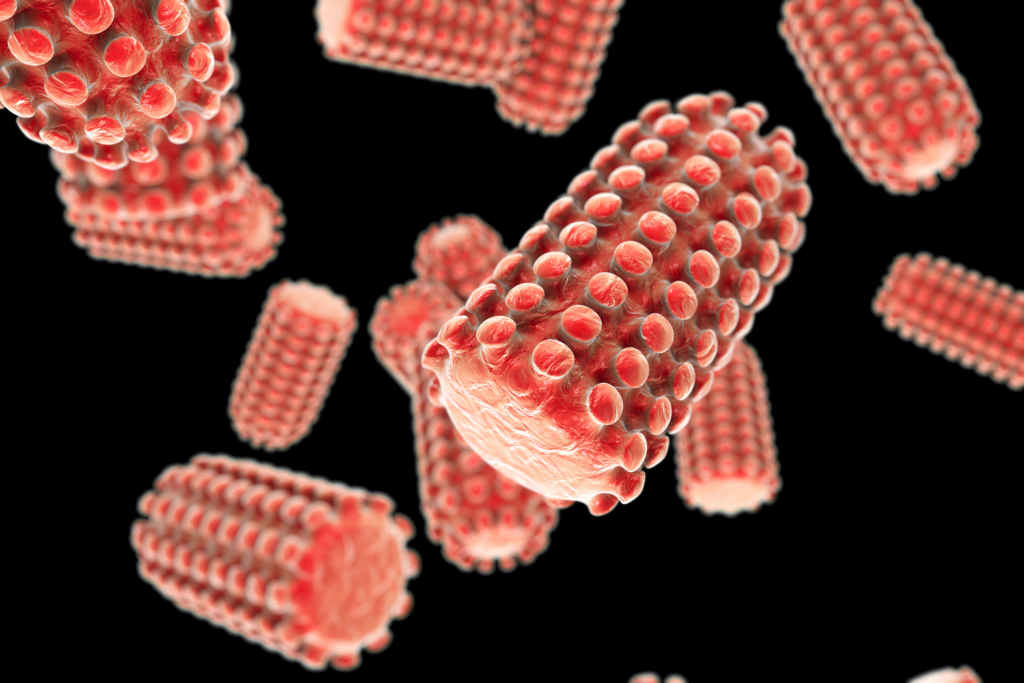Rabies is a lethal virus. It’s fatal if not treated in time. Most healthcare workers don’t offer Rabies vaccination routinely, so you should be more precarious when travelling to countries with feral dog populations.
The leading cause of the virus is the infected animal. The virus is spread through the saliva of the infected animal. The symptoms may start with flu and fever; if not treated in time, they may progress to coma and death.
Before you travel, here’s all you need to know about Rabies and Rabies vaccination.
Coming In Contact with Rabies Virus:

When the virus enters the human body through the saliva of the infected animal through an open wound, it moves albeit slowly to the nervous system.
Once it’s reached the central nervous system, i.e. your brain and spinal cord, it manifests as neurological symptoms resulting in irreversible coma and death.
Symptoms Of Rabies To Look Out For
Since the virus travels slowly, you usually see no apparent symptoms even after a week of being bitten. The symptoms only become apparent when the virus enters the central nervous system.
The initial stage is called the prodromal phase, in which flu and fever-like symptoms may manifest. It can become fatal when it reaches the final step, i.e., attacking the brain. Following are the symptoms according to the stages.
Prodromal Symptoms
- Fever.
- Fatigue
- Itching and burning wound
- Cough.
- Sore throat.
- Muscle pain.
- Vomiting.
- Diarrhea.
Acute neurologic symptoms
Neurological symptoms can vary between being furious or paralytic. Feverish symptoms come and go in terms of episodes, which is why they are hard to track. These may include
- Agitation
- Seizures
- Hallucinations
- Palpitations
- Excessive salivation
- Hyperventilation
- Delirium
The other type of acute neurologic symptom is the paralytic symptoms. These may include
- Fever
- Extreme headaches
- Muscle stiffness
- Weakness
- Feeling pins and needles
- Paralysis
- Coma.
When Should You Be Highly Cautious Of Rabies:

One of the most common ways people get in contact with Rabies is when they travel. This is why it’s highly recommended to consult your healthcare provider when travelling to countries like India, where the highest Rabies cases have been reported.
Did you know around 150 countries have reported cases of Rabies? Apart from Antarctica and the Arctic, every continent is fighting Rabies. The highest number has been reported in Asia and Africa.
Anyone travelling to destinations where Rabies prevail should get the Rabies Vaccination before they travel.
Here’s How You Can Prevent and Treat Rabies.
Preventive Strategies:
Rabies is a deadly disease that can’t be fought individually. State-level precautions are necessary to fight Rabies. However, preventive measures should be taken to protect yourself and your family. These are,
- Get your pets vaccinated regularly.
- Buying and selling imported animals should be banned by the Government.
- Individuals should get vaccinated in high-risk areas.
- Spread awareness.
- Access to medical care in high-risk areas.
- Report strays to local authorities.
- Keep an eye out for bats and other rabies-carrying animals.
Treatment
If someone comes in contact with such an animal carrying the rabies virus, they should immediately seek medical care. First, clean the wound for 15 minutes with soapy water and apply povidone iodine.
You can also use detergent if the other two options aren’t available. Cleaning the damage minimises the threat of viral particles seeping into the bloodstream.
Once cleaned, the healthcare provider should examine the wound and begin vaccination.
Rabies vaccination is the only course of action, and these should start as soon as one has been bitten. Once the symptoms progress, it’s nearly impossible to prevent death.

Jean Smith is a fitness enthusiast and blogger who focuses on fitness and a healthy lifestyle. She is passionate about assisting people in living healthier lifestyles and is constantly on the lookout for new and creative methods to stay fit and healthy. Her articles are excellent resources for anyone interested in improving their health and fitness.
